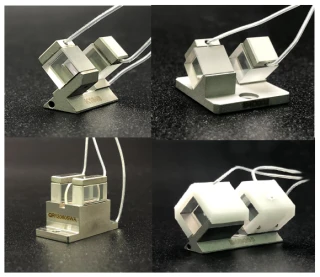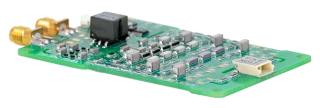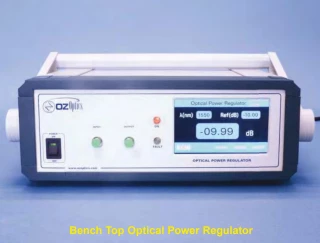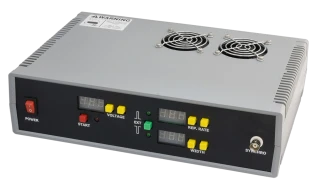Electro-Optics
Frequently Asked Questions
What is electro-optics technology?
Electro-optics is a field that combines optics and electronics to create devices and systems for applications in imaging, sensing, and communications. These systems often involve the use of materials such as semiconductors, crystals, and polymers to manipulate light and create optical signals.
What are some applications of electro-optics technology?
Electro-optics systems can be used for a wide range of applications, including laser communication, thermal imaging, optical spectroscopy, and more. They can provide high-resolution imaging, fast data transfer, and high sensitivity sensing.
What are some common types of electro-optic devices?
Electro-optic devices include modulators, detectors, and sensors. Modulators are used to modulate the intensity or phase of light, while detectors are used to detect light signals. Sensors can be used to measure various physical parameters, such as temperature or pressure, by detecting changes in the properties of light.
How do I choose the right electro-optics system for my application?
Choosing the right electro-optics system for your application depends on several factors, such as the required performance specifications, cost, and ease of integration. At Findlight.net, you can explore a wide range of electro-optics systems and devices, and consult with the experts of different suppliers to find the right solution for your specific needs.
What is the difference between electro-optics and optoelectronics?
Electro-optics refers to the manipulation of light using electrical fields, while optoelectronics involves the use of electronic devices to generate, detect, or control light. Electro-optics is often used to create optoelectronic devices, such as modulators and detectors.
What are some challenges in developing electro-optics technology?
One of the main challenges in developing electro-optics technology is reducing loss and noise in the signal path, as well as increasing the signal-to-noise ratio. Another challenge is integrating different types of materials, such as semiconductors and polymers, into a single device or system.
What is the future of electro-optics technology?
The future of electro-optics technology is expected to involve further integration with other fields, such as photonics and nanotechnology. This will enable the development of more compact and efficient systems, with higher data transfer rates and greater sensing capabilities.
How can I learn more about electro-optics technology?
At Findlight.net, we offer a wide range of resources and information on electro-optics technology, including product guides, technical articles, and expert advice. You can also browse our selection of electro-optics systems and devices to find the right solution for your needs.
What types of electro-optics systems are available at Findlight.net?
At Findlight.net, you can find a wide range of electro-optics systems, including modulators, detectors, sensors, and more. We offer products from leading manufacturers, with options for custom solutions and expert consultation.
Electro-optics is a rapidly advancing field that combines optics and electronics to create devices and systems for a wide range of applications. These systems are used in imaging, sensing, and communications, and often involve the use of materials such as semiconductors, crystals, and polymers. Electro-optics systems can provide high-resolution imaging, fast data transfer, and high sensitivity sensing.



